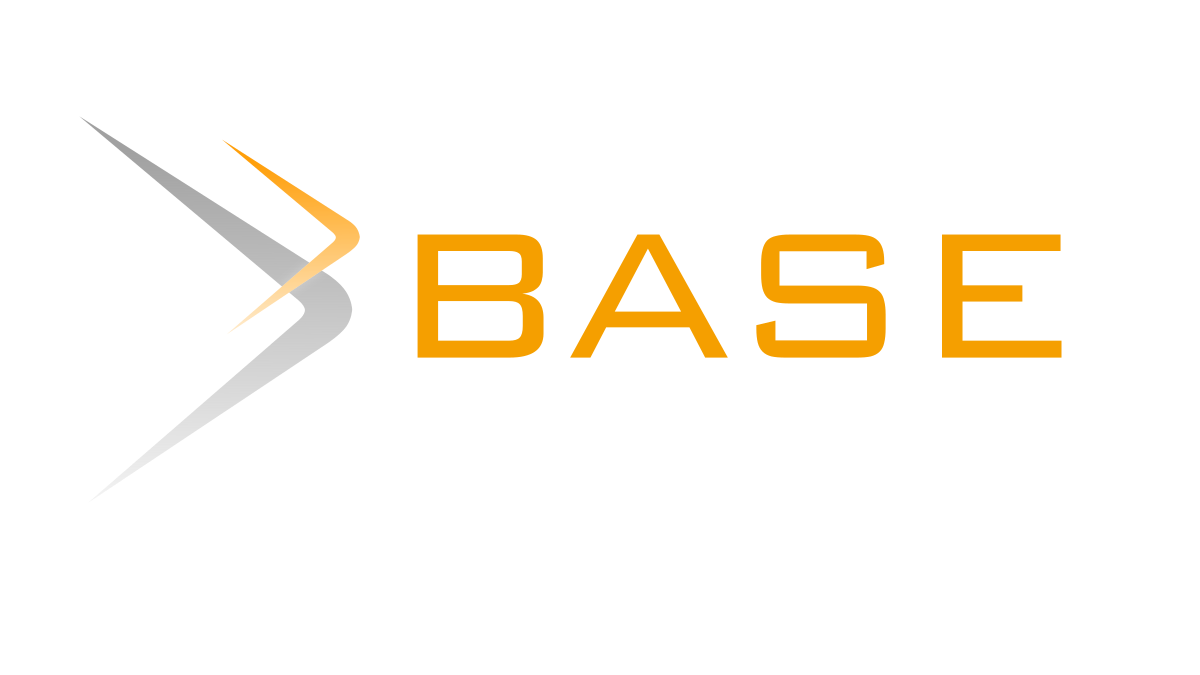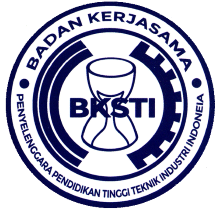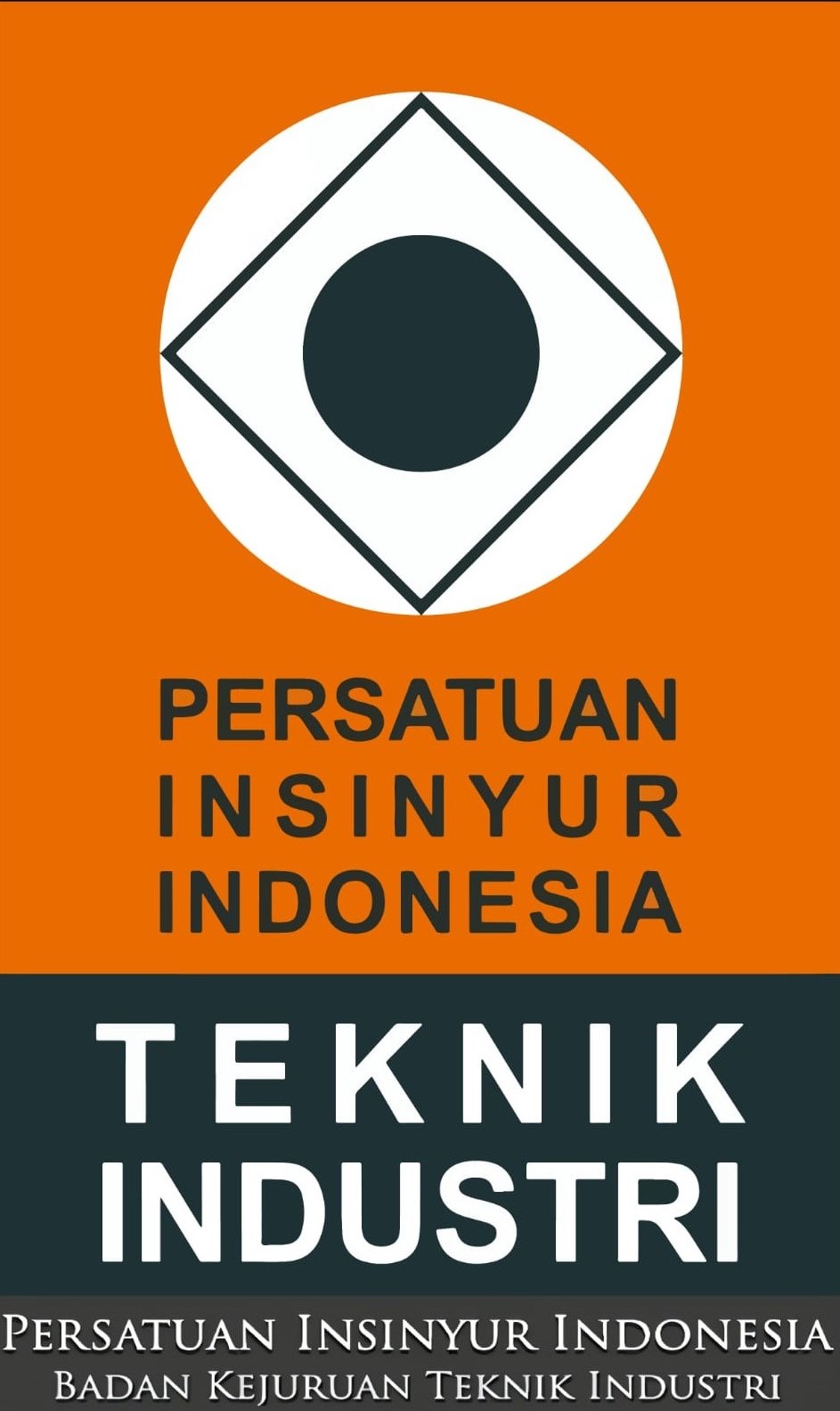Hazard Identification Using Task Risk Assessment Method and Bowtie Analysis (Case Study: PT. Varia Usaha Beton)
DOI:
https://doi.org/10.32734/jsti.v26i1.14417Keywords:
Bowtie Analysis, Hazard Identification, Ready-Mixed Concrete, Task Risk AssessmentAbstract
PT. Varia Usaha Beton is a subsidiary of PT. Semen Indonesia Beton, which produces various types of products. PT Varia Usaha Beton (BSP Purwokerto) has an open work area where there are potential hazards such as physical factors, chemical factors and ergonomic factors. The aim of this research is to identify hazards, assess risks and control risks in the production process of ready-mixed concrete so that workplace accidents can be minimized. The methods used in this research are task risk assessment and bowtie analysis. Based on the research results, it was found that 1 risk belonged to the low category, 27 risks belonged to the medium category, and 11 risks belonged to the high category. Based on the bow-tie method, the major risks are exposure to fly ash and cement dust, risk of diesel spills, and risk of electric shock. The main causes of workplace accidents are pipe leaks and improper diesel filling. The main risk effects of workplace accidents are worker injury, and fire. The bowtie analysis method determines that the risk of electric shock is due to a damaged cable and the existing protective barrier is intended to replace the damaged cable. This risk has consequences, namely injuries to workers.
Downloads
References
I. Mindhayani, “ANALISIS RISIKO KESELAMATAN DAN KESEHATAN KERJA DENGAN METODE HAZOP DAN PENDEKATAN ERGONOMI (STUDI KASUS: UD. BAROKAH BANTUL),†Jurnal SIMETRIS, vol. 11, no. 1, pp. 31–38, 2020.
N. Ramadhani, W. Novita Eka Rini, P. Studi Ilmu Kesehatan Masyarakat, and F. Kedokteran dan Ilmu Kesehatan, “HAZARD IDENTIFICATION STUDIES, RISK ANALYSIS AND HAZARD CONTROL AT PT. X IN 2021,†Jurnal Kesehatan Masyarakat, vol. 8, no. 2, pp. 168–179, 2021, [Online]. Available: https://ojs.uniska-bjm.ac.id/index.php/ANN/article/view/5105
F. E. Fitria, “IDENTIFIKASI BAHAYA, PENILAIAN RISIKO, DAN PENGENDALIAN RISIKO PEKERJAAN PADA AREA PRODUKSI DI PT. LEMBAH KARET PADANG TAHUN 2020,†Ensiklopedia Of Journal, vol. 3, no. 5, pp. 16–33, 20221, [Online]. Available: http://jurnal.ensiklopediaku.org
R. F. Dhi’fansyah, “Identifikasi Bahaya pada Pekerjaan Oxy-Cutting di PT. Aziz Jaya Abadi Tuban,†The Indonesian Journal of Occupational Safety and Health, vol. 6, no. 1, p. 27, Nov. 2017, doi: 10.20473/ijosh.v6i1.2017.27-36.
S. Salianto, M. Akhyar, and M. Subhan, “Evaluasi penerapan keselamatan dan kesehatan kerja (K3) berdasarkan sistem manajemen keselamatan dan kesehatan kerja (SMK3) : studi literature,†Nautical : Jurnal Ilmiah Multidisiplin, vol. 1, no. 5, pp. 396–399, 2022, [Online]. Available: https://jurnal.arkainstitute.co.id/index.php/nautical/index
S. Oktavia, D. Ningsih, and S. W. Hati, “ANALISIS RESIKO KESELAMATAN DAN KESEHATAN KERJA (K3) DENGAN MENGGUNAKAN METODE HAZARD AND OPERABILITY STUDY (HAZOP) PADA BAGIAN HYDROTEST MANUAL DI PT. CLADTEK BI METAL MANUFACTURING,†Journal of Business Administration, vol. 3, no. 1, 2019, [Online]. Available: www.bpjsketenagakerjaan.go.id
A. Rina, “ANALISIS POTENSI BAHAYA KESELAMATAN DAN KESEHATAN KERJA MENGGUNAKAN METODE FTA (FAULT TREE ANALYSIS) DAN TRA (TASK RISK ASSESMENT) DI PABRIK MIE X TUGAS AKHIR,†Universitas Islam Negeri Sultan Syarif Kasim Riau, 2021.
H. * Anang and S. Zulfikar, “ANALISIS PENERAPAN SISTEM MANAJEMEN KESELAMATAN DAN KESEHATAN KERJA (SMK3),†Jurnal Kesehatan, vol. 8, no. 01, pp. 895–906, 2017.
D. Syfa Urrohmah and D. Riandadari, “IDENTIFIKASI BAHAYA DENGAN METODE HAZARD IDENTIFICATION, RISK ASSESSMENT AND RISK CONTROL (HIRARC) DALAM UPAYA MEMPERKECIL RISIKO KECELAKAAN KERJA DI PT. PAL INDONESIA,†JTPM, vol. 08, no. 01, pp. 34–40, 2019.
Seng Hansen, “IDENTIFIKASI JENIS BAHAYA DAN PARAMETER PENILAIAN BAHAYA PADA PEKERJAAN KONSTRUKSI,†PADURAKSA: Jurnal Teknik Sipil Universitas Warmadewa, vol. 11, no. 1, pp. 94–102, May 2022, doi: 10.22225/pd.11.1.4356.94-102.
F. Sobah and M. Mulitana, “STUDY IDENTIFIKASI BAHAYA DAN PENILAIAN RESIKO DENGAN MENGGUNAKAN METODE TRA (TASK RISK ASSESSMENT) SEBAGAI UPAYA PENCEGAHAN KECELAKAAN KERJA PADA PEKERJAAN REPARASI AIR CONDITIONER MOBIL DI BENGKEL HYUNDAI WIYUNG SURABAYA,†JPTM, vol. 09, pp. 37–45, 2019.
A. H. Bhayangkara, A. Setyawan, D. Fajar, and S. Handayani, “ANALISIS KECELAKAAN KERJA PADA STRUKTUR BAWAH BLENDING SILO PROYEK ‘EPC TALAVERA’ TUBAN MENGGUNAKAN METODE BOWTIE,†JURNAL RISET REKAYASA SIPIL, vol. 7, no. No.1, pp. 41–48, 2023.
D. Fandy and K. Widiawan, “Identifikasi Bahaya, Penilaian Risiko, dan Pengendalian Risiko Kecelakaan Kerja di PT AW Plus UPVC Bali,†2022.
N. R. Saisandhiya, “Hazard Identification and Risk Assessment in Petrochemical Industry,†Int J Res Appl Sci Eng Technol, vol. 8, no. 9, pp. 778–783, Sep. 2020, doi: 10.22214/ijraset.2020.31583.
I. A. Alfarezi et al., “ANALISIS RISIKO KESELAMATAN DAN KESEHATAN KERJA (K3) PADA MASA PANDEMI COVID-19 DENGAN METODE BOWTIE ANALYSIS,†Jurnal Teknik Mesin, vol. 10, no. 02, pp. 96–105, 2021.
D. Erajati, A. Subekti, and D. K. Khairansyah, “Identifikasi Bahaya dengan Menggunakan Metode Bowtie untuk Keselamatan Proses pada Boiler UBB di Pabrik III PT. Petrokimis Gresik,†in Proceeding 1st Conference on Safety Engineering and Its Application, 2017, pp. 147–152.
A. Alijoyo, Q. B. Wijaya, and I. Jacob, “Bow Tie Analysis Analisis Dasi Kupu-kupu,†CRMS. [Online]. Available: www.lspmks.-
Rodhiyah Siti Chusnit Tamamir, H. N. Amrullah, and A. M. Disrinama, “Pengaplikasian Metode Bowtie Dalam Analisis Risiko Kesehatan Terhadap Bahaya Penerangan Pada Alat Berat di Perusahaan Terminal Petikemas,†7 th CONFERENCE ON SAFETY ENGINEERING AND IT’S APPLICATION, vol. 7, no. 01, 2023.
F. W. D. Astuti, “ANALISIS RISIKO KECELAKAAN KERJA MENGGUNAKAN METODE BOWTIE PADA PROYEK ONE GALAXY SURABAYA,†Institut Teknologi Sepuluh Nopember, Surabaya, 2017.
M. Rohma Dhani, N. Amelia Novitrie, J. Teknik Permesinan kapal, and P. Perkapalan Negeri Surabaya Jl, “ANALISIS RISIKO KESELAMATAN PADA PROSES CRUDE OIL TANK CLEANING DENGAN MENGGUNAKAN METODE TASK RISK ASSESSMENT,†Jurnal Teknologi Maritim, vol. 5, no. No.2, pp. 232–235, 2022.
Mujiastono, D. Mardiansyah and G. Wiwaha, "Penggunaan Model Risk Control Matrix dalam Pelaksanaan Audit," Jurnal Pengawasan, vol. 1, no. 1, pp. 10-17, 2019.
Downloads
Published
How to Cite
Issue
Section
License
Copyright (c) 2024 TALENTA Publisher Universitas Sumatera Utara

This work is licensed under a Creative Commons Attribution-ShareAlike 4.0 International License.
The Authors submitting a manuscript do so on the understanding that if accepted for publication, the copyright of the article shall be assigned to TALENTA Publisher Universitas Sumatera Utara as the publisher of the journal.
Copyright encompasses the rights to reproduce and deliver the article in all forms and media. The reproduction of any part of this journal, its storage in databases, and its transmission by any form or medium will be allowed.



















